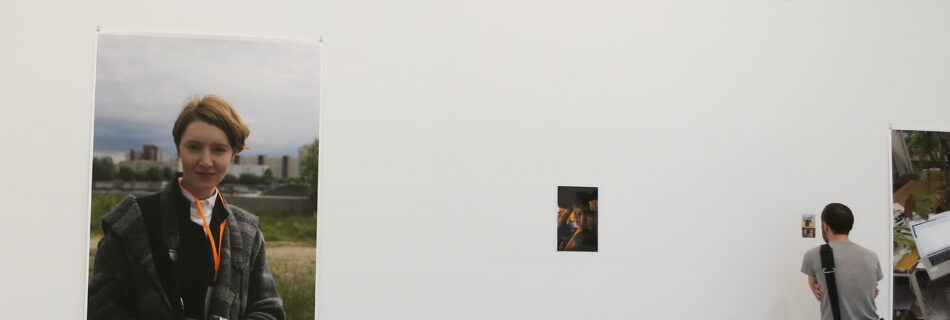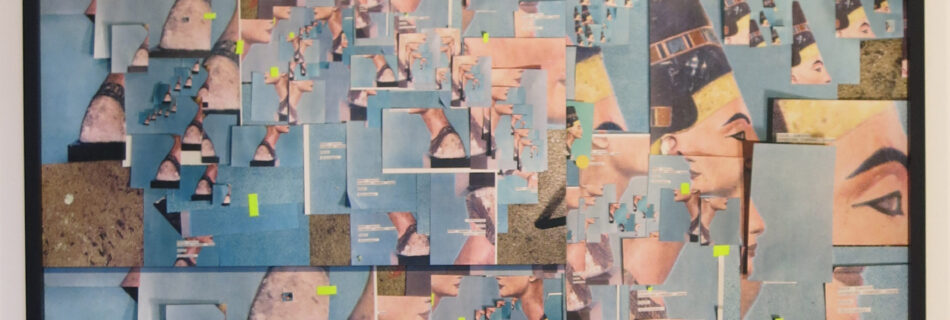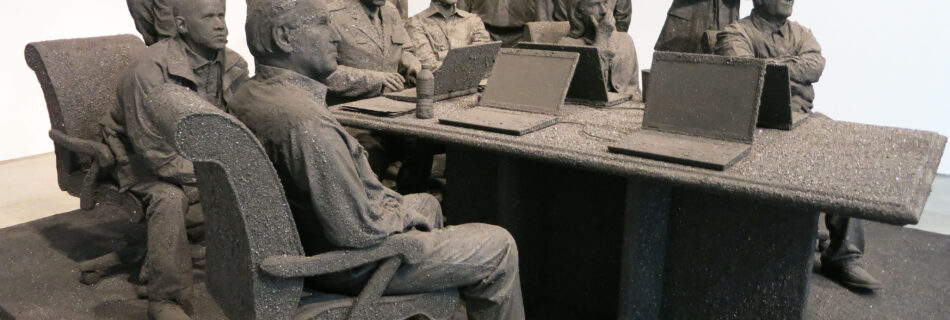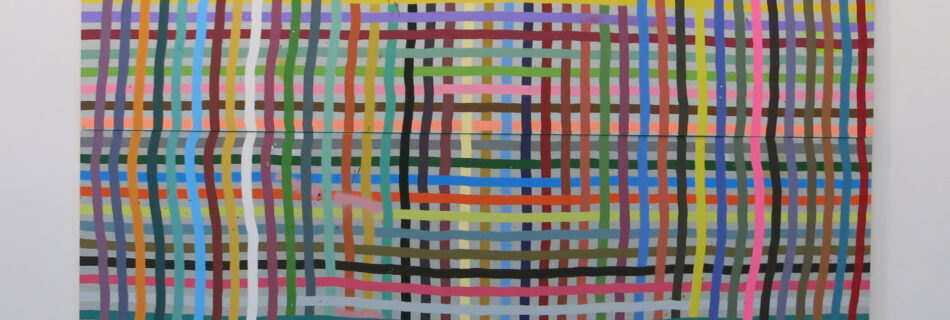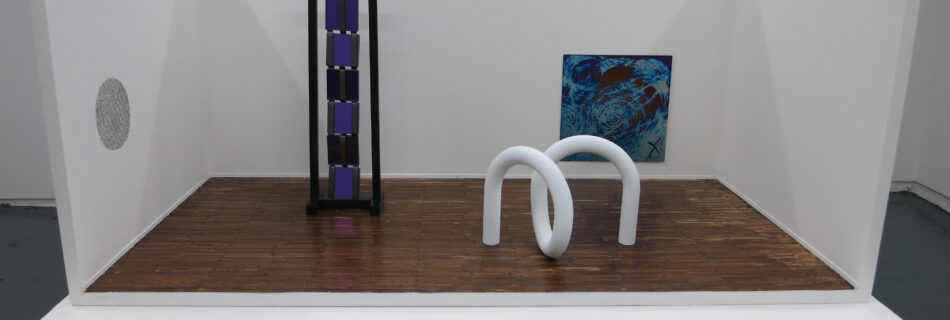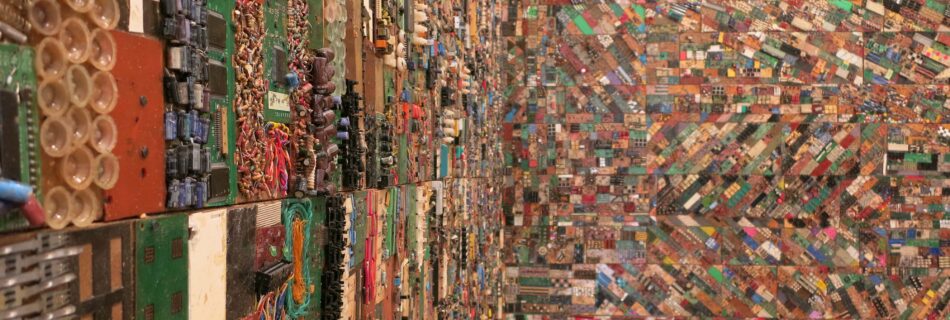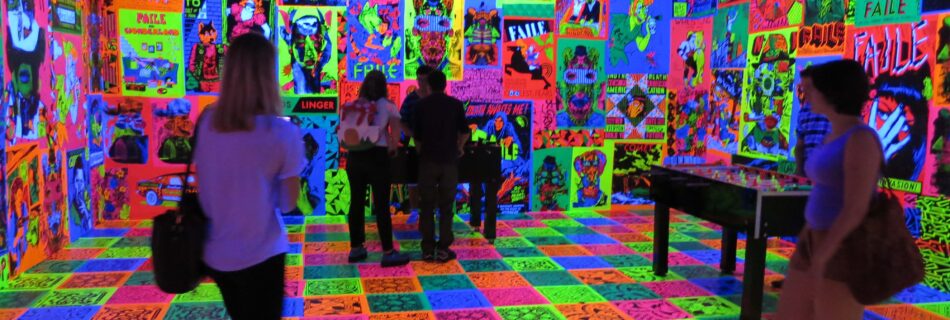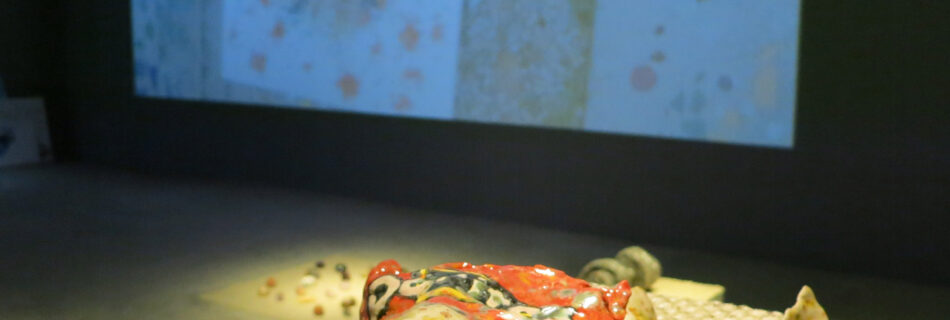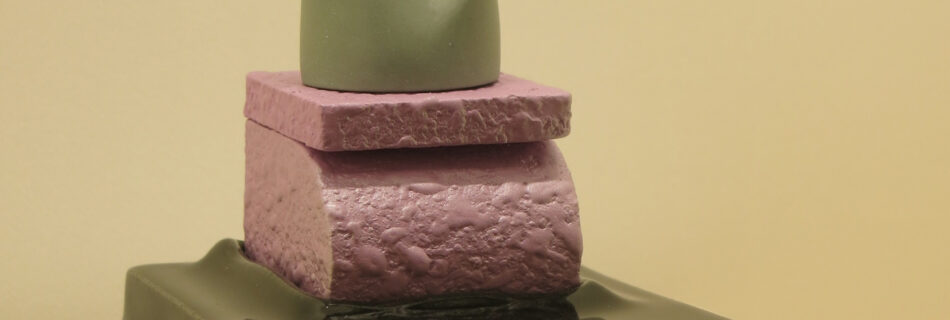Anthony Pearson’s organic and geometric forms, hand-scored in flat layers of tinted hydrocal, alternate between all-white and black compositions and lead the eye through a series of experiments in light and shape. (At Marianne Boesky Gallery in Chelsea through January 16th).
Anthony Pearson, detail of ‘Untitled (Four Part Etched Plaster),’ pigmented hydrocal and medium coated pigment hydrocal in four walnut frames, 12 ½ x 9 ½ x 1 ¾ inches, 2015.






























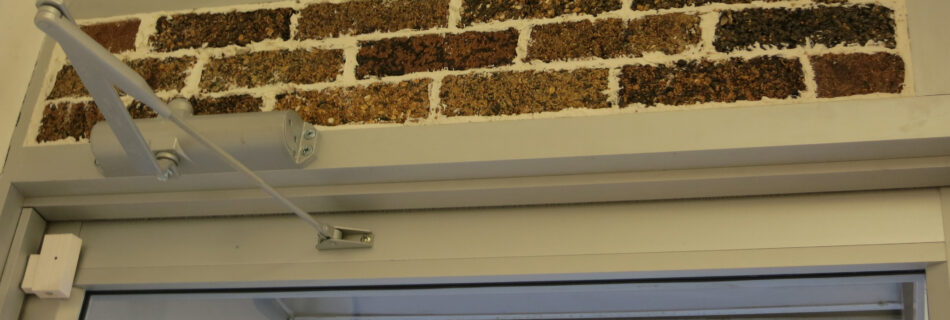



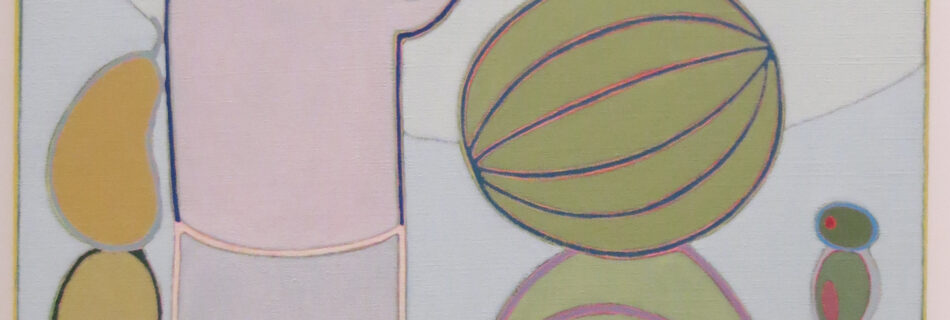





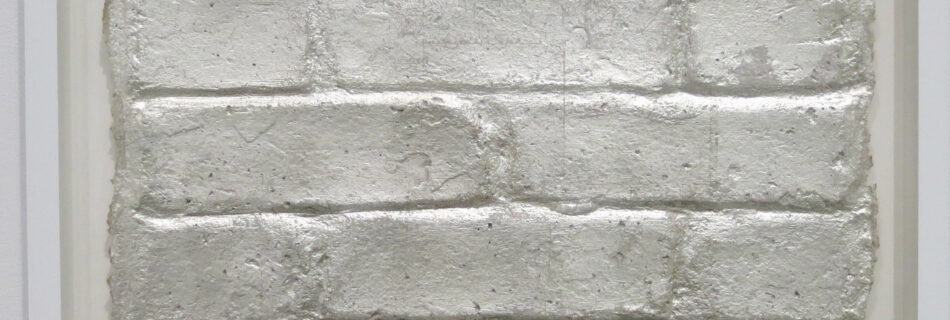




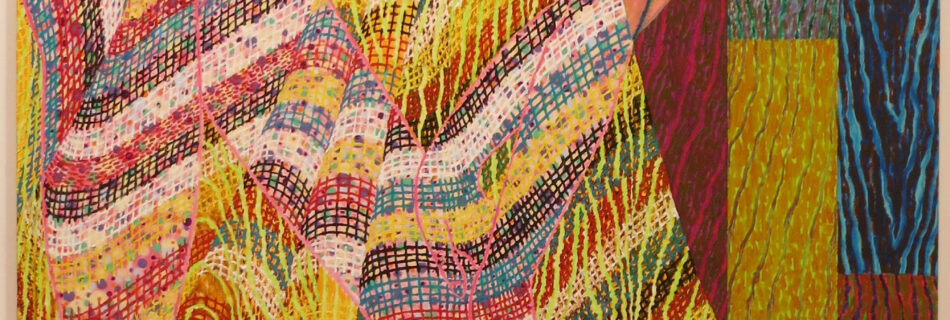
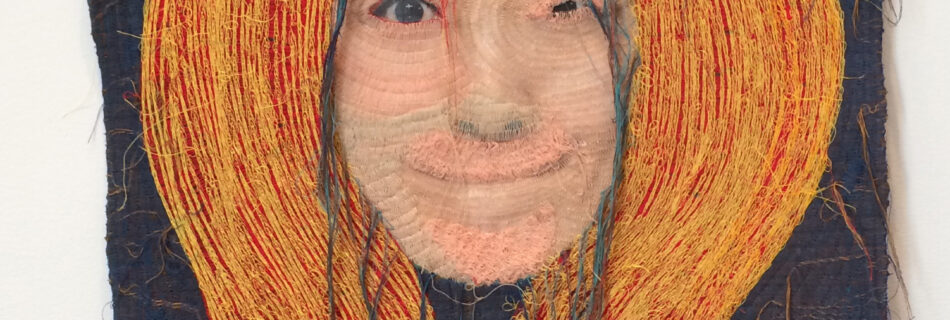








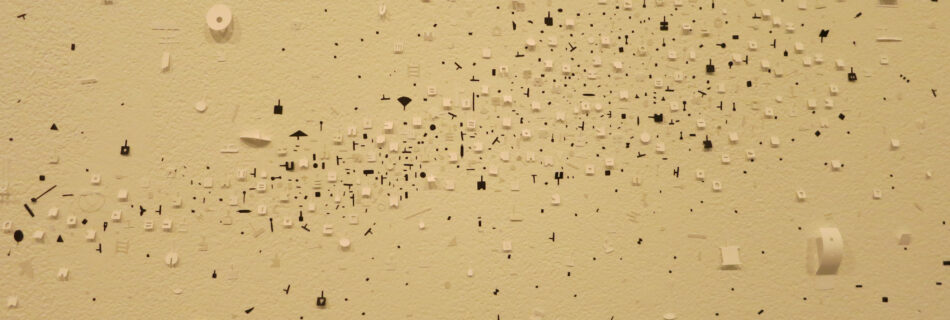


 Fleeting clouds, rapidly sloping greenery and a mini-explosion of wind-whipped shrubbery in this coastal scene by Maureen Gallace keep the eye moving around the spare landscape. Perfectly timed to generate nostalgia for disappearing fair weather days, Gallace’s latest solo show at Chelsea’s 303 Gallery speaks the language of memory and longing. (Through Oct 31st). Maureen Gallace, Surf Road, oil on panel, 9 x 12 inches, 2015.
Fleeting clouds, rapidly sloping greenery and a mini-explosion of wind-whipped shrubbery in this coastal scene by Maureen Gallace keep the eye moving around the spare landscape. Perfectly timed to generate nostalgia for disappearing fair weather days, Gallace’s latest solo show at Chelsea’s 303 Gallery speaks the language of memory and longing. (Through Oct 31st). Maureen Gallace, Surf Road, oil on panel, 9 x 12 inches, 2015.